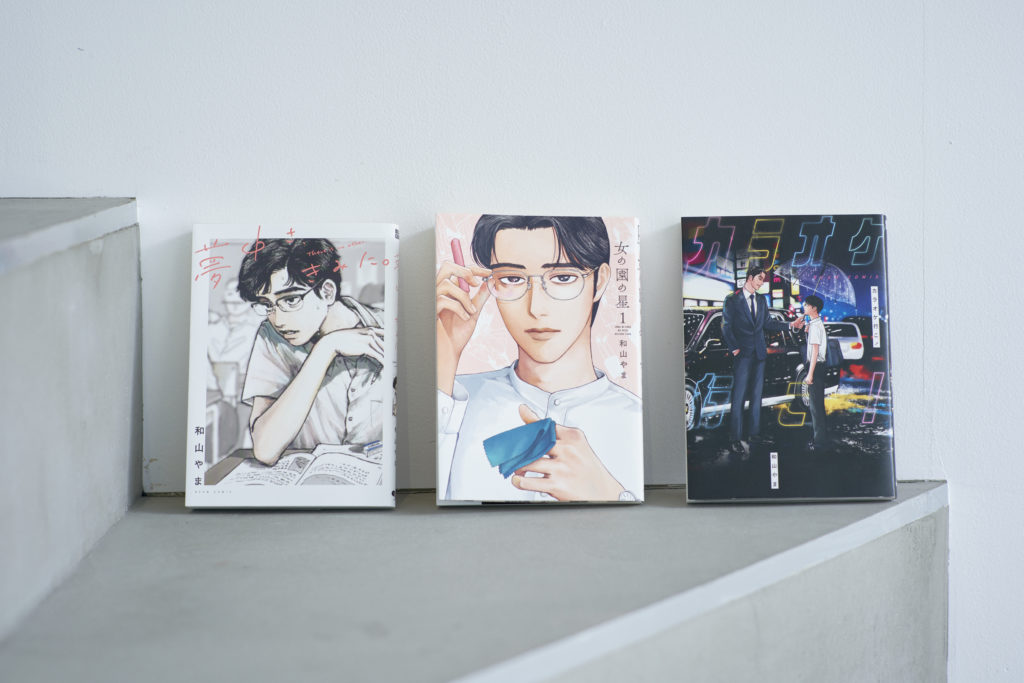
Manga artist Wayama Yama is gaining a great deal of attention. Her summer 2019 book, “Muchuu sa, Kimi ni.” (KADOKAWA), won both the 23rd Japan Media Arts Festival’s New Face Award in the Manga division and the 24th Tezuka Osamu Cultural Award in the Short Work Category. In February 2020, Feel Young magazine (Shodensha) published her first serialization, “Onna no Sono no Hoshi,” and in September, her tankobon [standalone book], “Karaoke Iko!” (KADOKAWA) was published; both were hits. Wayama also made waves after “Kono Manga Ga Sugoi! 2021!” (Takarajimasha), ranked her works “Onna no Sono no Hoshi” number one and “Karaoke Iko!” number five in the women’s manga category. According to Wayama, she draws freely, taking her ideal world and imagining it through the everyday lives of middle and high schoolers. TOKION caught up with her about where she gets her ideas.
——A lot of people have probably asked you this, but could you tell me about how you started drawing manga?
Wayama Yama (Wayama): My interest was initially sparked by a BL [Boys’ Love]* manga I read in my second year of high school. But since middle school or so, I’d been uploading these detailed, shoujo manga-like drawings that were filled in with colored pencil to Ameblo [Japanese blogging platform], even though no one was looking at them. Somewhere along the way, I started to think that I’d like to try thinking of stories instead of just drawing. And then I was influenced by BL in my second year of high school, so the first manga I drew was BL. At that point, I still didn’t have any desire to become a manga artist. But when I entered my last year of high school and thinking about my future path, I decided to pursue a career in drawing manga or illustration.
*BL (Boys’ Love) = A Japanese genre of manga featuring homoerotic relationships between male characters.
——So, I assume you’ve always liked manga?
Wayama: I’ve been reading manga for a long time. The first manga I ever read, which is still my favorite, is “Boku to Issho” by Minoru Furuya. My mom liked Minoru Furuya, so I was reading stuff we had lying around the house from the time I was in kindergarten, I think. Now, I wonder how my parents didn’t stop me from reading that kind of stuff. But I enjoyed the pictures as if it were a picture book, since I still couldn’t read at the time. I kept reading those works even as I became an elementary schooler and middle schooler. Other than that, I kept re-reading the Margaret [Japanese shoujo manga magazine] type manga like Aya Nakahara, as well as “Urusei Yatsura” thanks to my older sister’s influence, and “Doraemon” and “Yu-Gi-Oh!” thanks to my older brother’s influence.
——In other interviews, you’ve listed Usamaru Furuya, Eiji Nonaka, Junji Ito, and Makoto Kobayashi as manga artists who have influenced you.
Wayama: If I were to give examples of manga artists who directly influenced me, it would be those four masters. Funny manga paired with serious illustrations is basically Nonaka’s style, but actually, Kobayashi influenced my illustrations and way of drawing girls. When I like something and incorporate it into my manga, I make it my own before drawing it, so I don’t get caught. I think the fact that no one has told me my drawings look like Kobayashi’s is proof that it works pretty well. (laughs) I like to draw students, which probably has a lot to do with Furuya’s influence, since he draws middle and high school students in works like “Litchi☆Hikari Club” and “Teiichi no Kuni.”
Aside from manga artists, movies have also had a big influence on me. In particular, I watch a lot of Japanese films, and within that genre, I especially like the director Shinobu Yaguchi’s work. What I like about it is the characters are all lovable, the dialogue is funny, and there’s nothing unpleasant about it, even though it shows all the parts, good and the bad, of Japanese people. I think when I draw my manga, the character development and warm humor is influenced by Yaguchi’s work.
——I feel like your manga has a unique sense of time/tempo.
Wayama: A lot of people who read my work say it feels laid-back, and maybe that’s because I was born and raised in Okinawa, where everyone is laid-back. Maybe Okinawa’s humidity or warmth gives my manga a slow feeling. Also, for better or worse, there are a lot of weird people in Okinawa. Seeing those people, you realize that there are really all kinds of people out there, all with different ways of thinking and living, and everyone is lovable in their own way. Because I grew up there with that belief, maybe those things that are engrained in me come out naturally in my work and characters.
On how drawing what she liked contributed to her success
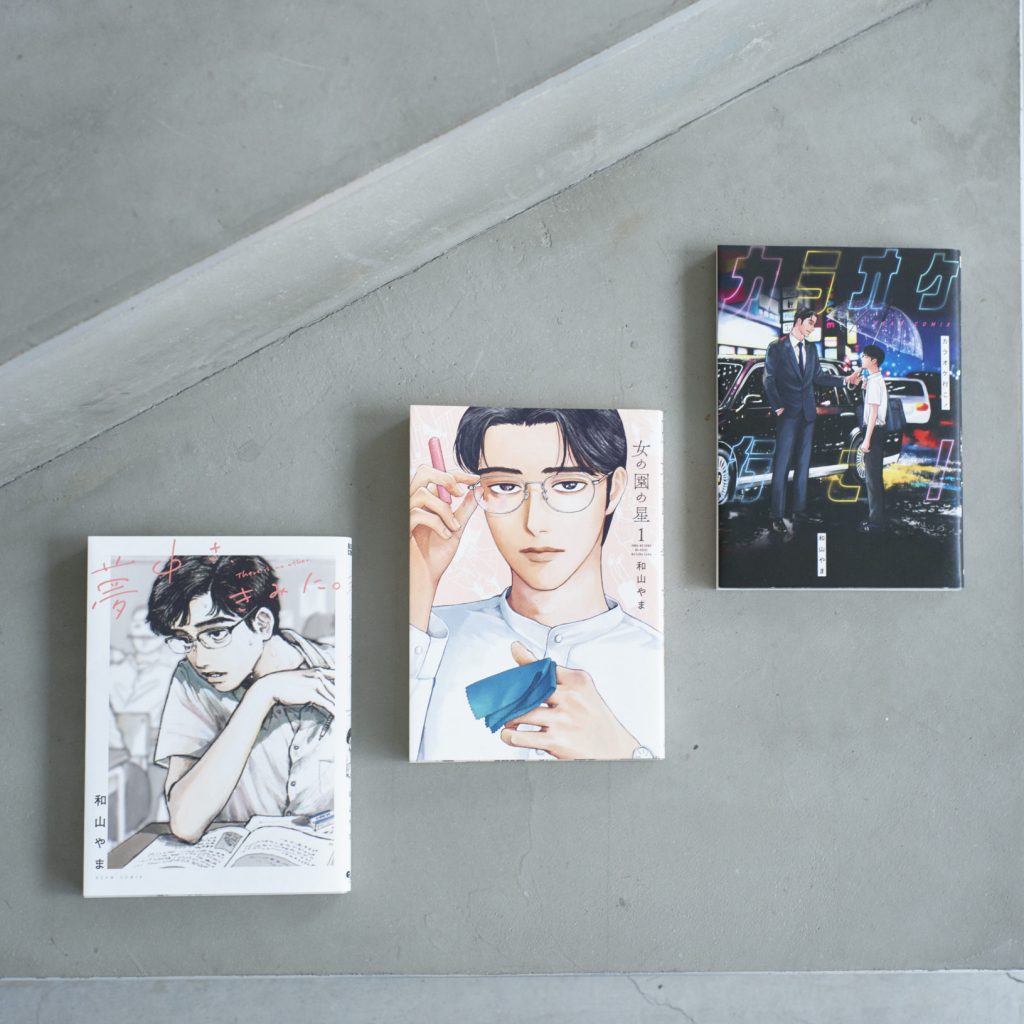
——Your pen name, “Wayama Yama” has a unique sound to it. Where did the name come from?
Wayama: My pen name has been Wayama since I was posting illustrations on Ameblo in middle school. When I decided to pursue manga for real, I couldn’t think of a pen name other than Wayama, so I just used it as is. In the early days, I was drawing one-shot comics and such under the name Tomoyoshi Wayama, but it was hard for people to remember my name. (laughs) So I changed it to Wayama Yama. Yama-san was my nickname in high school, so that’s where it comes from.
——At the moment your three works, “Muchuu sa, Kimi ni.”, “Onna no Sono no Hoshi” Vol.1, and “Karaoke Iko!” have been turned into tankobon, but I heard you started out in seinen manga [manga marketed towards young men]. Considering your current work, it’s surprising that you started in seinen manga.

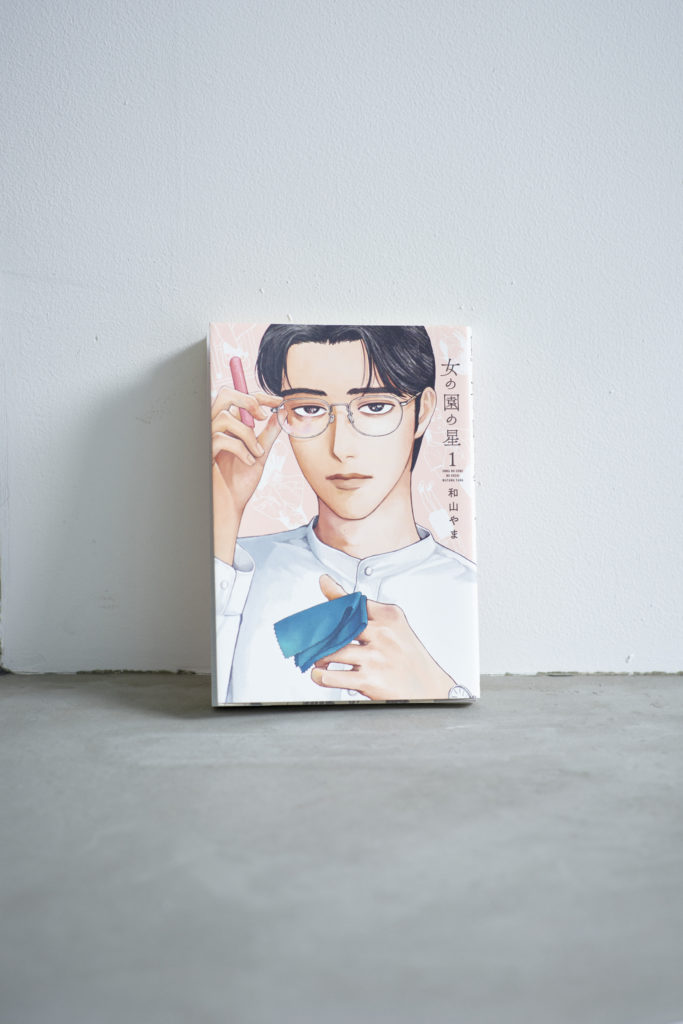
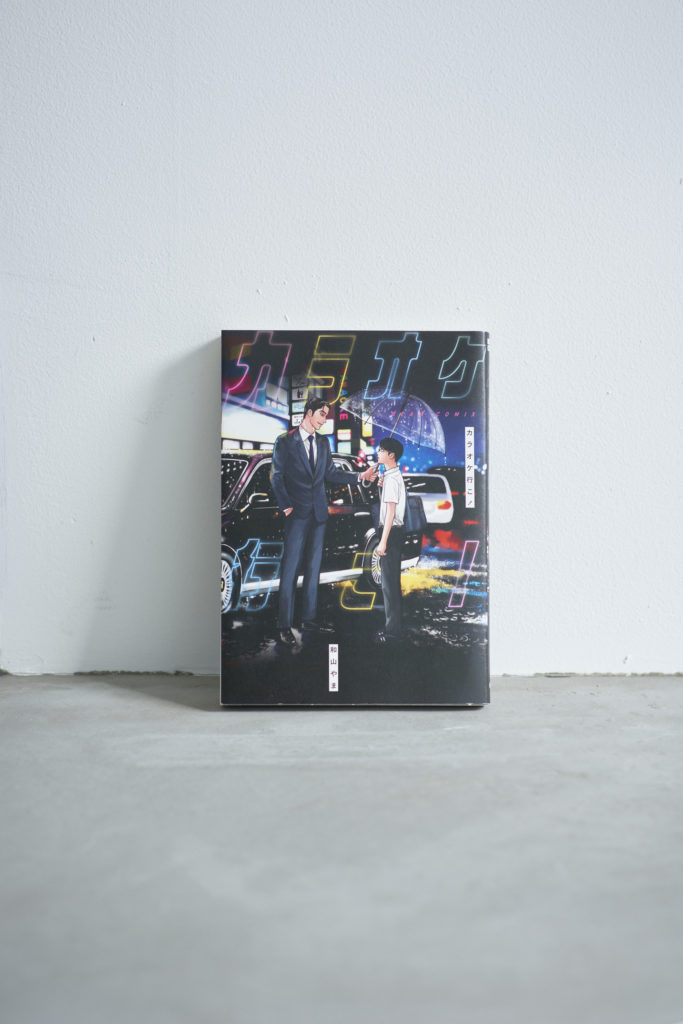
Wayama: At the time, I thought if I did josei [women’s] manga magazines, I would have to mainly focus on romantic stories. So I figured if I was going to write about everyday things, seinen manga magazines would be better. In my second year of college, I drew “Yuutousei no Mondai” under the name Tomoyoshi Wayama and was selected for the 67th Tetsuya Chiba award. That led to an opportunity to try and get a series published in Kodansha’s [weekly Japanese seinen manga magazine] “Morning” with the editor in charge, but it didn’t work out. Back then, part of me was only creating manga to get the approval of editors, so I‘d totally lost sight of what I wanted to draw.
I didn’t want that to happen, so I thought that I’d try drawing stuff I actually liked and felt like drawing, without listening to what other people had to say. That’s how I came up with “Ushiro no Nikaidou,” which is in “Muchuu sa, Kimi ni.” When I posted it to Pixiv, I received a bigger response than I expected. That gave me some confidence, so I decided to try drawing a doujinshi [self-published print work] on my own. My doujinshi “Muchuu sa, Kimi ni.” was announced in the February 2019 COMITIA 127. I’m grateful to say it became a tankobon in August of that same year. The work that I thought of on my own, unreservedly, won amazing awards like the 23rd Japan Media Arts Festival New Face Award in the Manga division and the 24th Tezuka Osamu Cultural Award in the Short Work Category. That work style suits me, so since then, I’ve created work on my own terms. And the work I’ve made has been well-received by readers, so now I get to draw in an environment I’m grateful for.
——All of your works depict brilliant relationships between men that go beyond friendship, but not quite to the point of romance. Why are you interested in those kinds of relationships?
Wayama: I don’t know whether men actually have relationships like these with each other, but I draw them anyway with the thought that it’d be great if these two people really existed. That’s true of all my work, because my ideal world is one where there are no bad people, and everyone lives peacefully. In reality, I meet bad people and bad things happen to me all the time, but at least in the world of manga, I want to show happy things and try to make art that’s free of stress. I think it’d be nice if these people existed. Regarding the relationships between the men, I draw some things with BL in mind, and some things without it. I have a clear picture of that in my head, but I want each reader to interpret and enjoy my work how they want to.
On the details behind her first serialization, “Onna no Sono no Hoshi.”
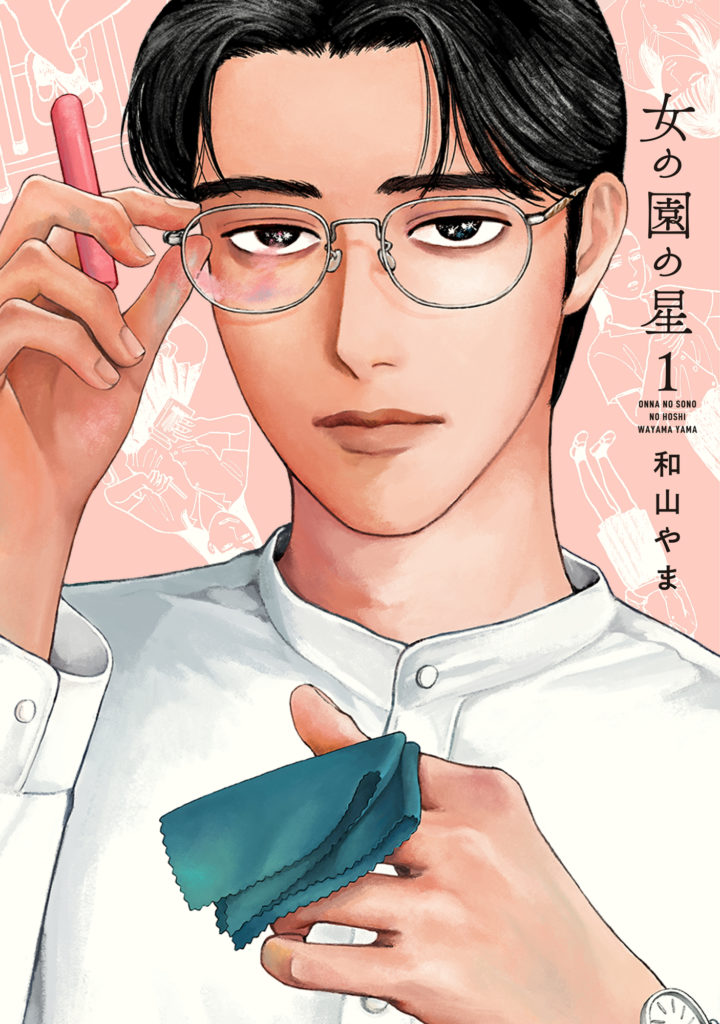
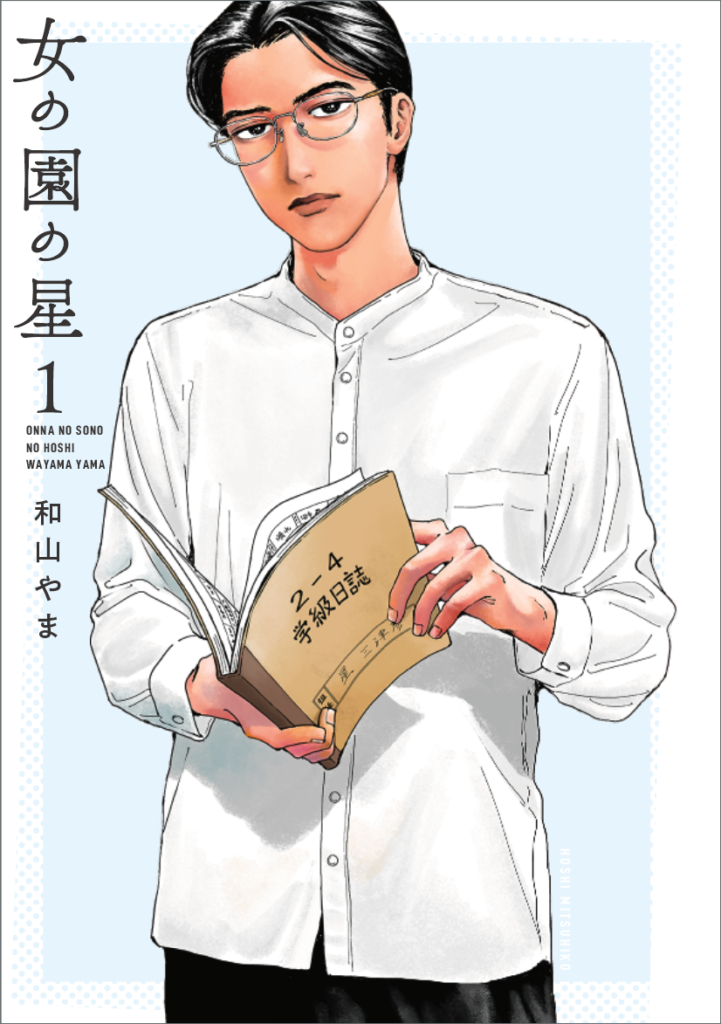
——Compared to “Karaoke Iko!,” I feel like the lines in “Onna no Sono no Hoshi” are sharper. Did you change your drawing style?
Wayama: I drew “Karaoke Iko!” completely digitally, so the lines are a bit thicker. At the time, I had to draw nearly 130 pages in less than a month, so even though I actually wanted to draw some parts analog, I drew them digitally to save a bit of time. Unlike drawing analog, the lines are thicker when you draw digitally. So ultimately, since this work had a lot of parts where I had to depict Yakuza or intensity, I’m glad I chose to draw it digitally, as it allowed me to draw thicker lines.
On the other hand, with “Onna no Sono no Hoshi,” all the lines, including the ones that make up the people and the backgrounds, were drawn analog. So I scanned that, then digitally polished the tone and filled it in. So I think it’s quite detailed, or has a finer touch.
——“Onna no Sono no Hoshi” was your first serialization. Was there anything you found difficult about this experience?
Wayama: It’s difficult keeping up with deadlines every month, but I’m praised no matter what I create, so I feel at ease when I draw. With the story, I have a few ideas in my head of the kind of thing I want to draw, but there are times when I feel like, “Now isn’t the time to put that out,” so I have to think of something else in a hurry.
——“Onna no Sono no Hoshi” is a manga about the everyday life of Hoshi-sensei, a male teacher who works at a girls’ school. Are the characters in the story modeled after anyone?
Wayama: They aren’t, but I do imagine who they’d be if they actually existed. Like I draw Hoshi-sensei while sort of imagining the actors Tomoya Nakamura or Ryo Yoshizawa. I tried to think of who Kobayashi-sensei would be, but I couldn’t think of anyone. (laughs)
—— (laughs) When Kobayashi-sensei first appears in the story, I thought he was a bit annoying, but he’s grown on me over time.
Wayama: Right, I tried to have Kobayashi-sensei come off as an annoying character at first, but I think he gets along surprisingly well with Hoshi-sensei. So I suppose that’s why Kobayashi-sensei comes off as more mellow than in the beginning. That’s the thing—at first, Hoshi-sensei is like the shadow and Kobayashi-sensei is like the sun. But recently, if anything, maybe it’s Kobayashi-sensei who has become more of the shadow.
——I think the characters in the story have really great lines. In one part, Hoshi-sensei tells a student, “Please have a careful trip home,” and the student replies, “You’re overly polite.” Even in a few short lines, there’s a bit of humor.
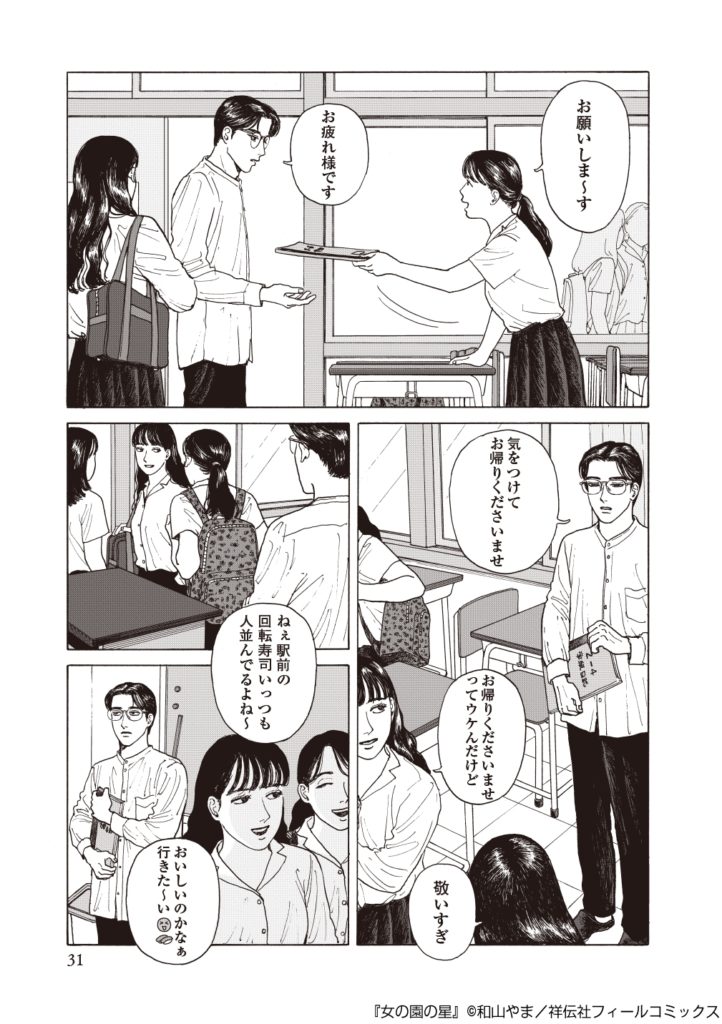
Wayama: I write the dialogue in a way where the humor grows on readers over time. I start out by thinking of the plot, but I think of all that in terms of dialogue. So I probably spend the most time thinking about the dialogue.
——But it’s hard to make jokes. If you overdo it, it’s a turn-off for the reader. Considering that, you’re excellent at it. I thought that you might be a fan of comedy as well.
Wayama: I try to keep an overall mellow energy in my work, including with the jokes, so the readers aren’t left behind. I leave comedy shows on in the background while I work, and I reference the things comedians say. I think that also influences the tempo of the conversations.
——In the story, the teachers and students are often depicted looking or saying they’re tired. Does that have anything to do with your own experiences?
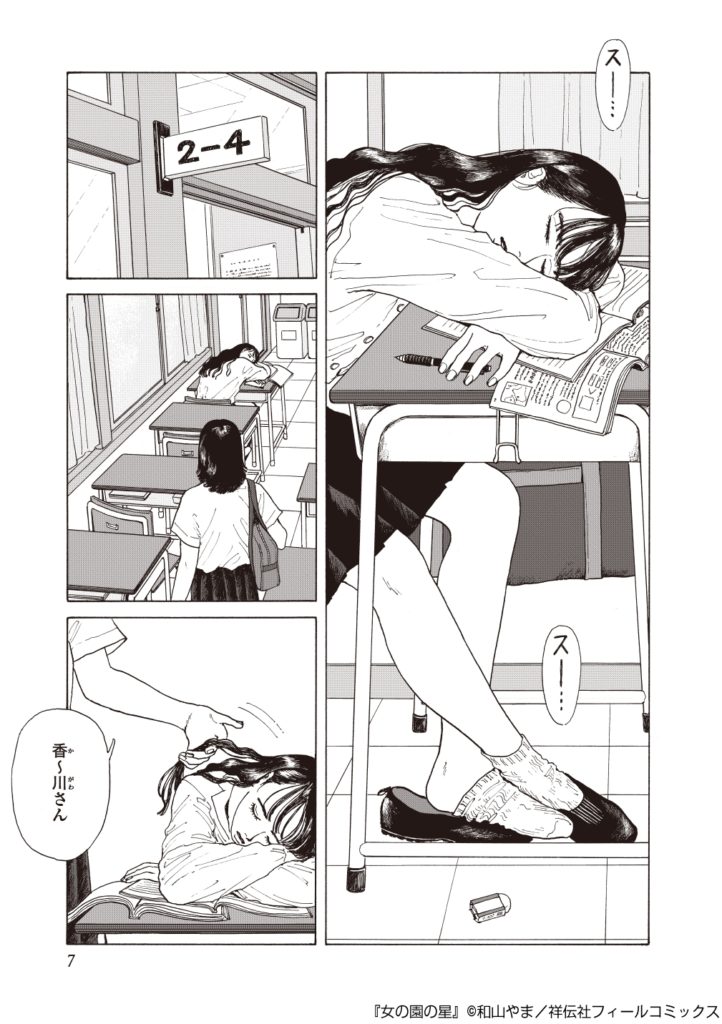
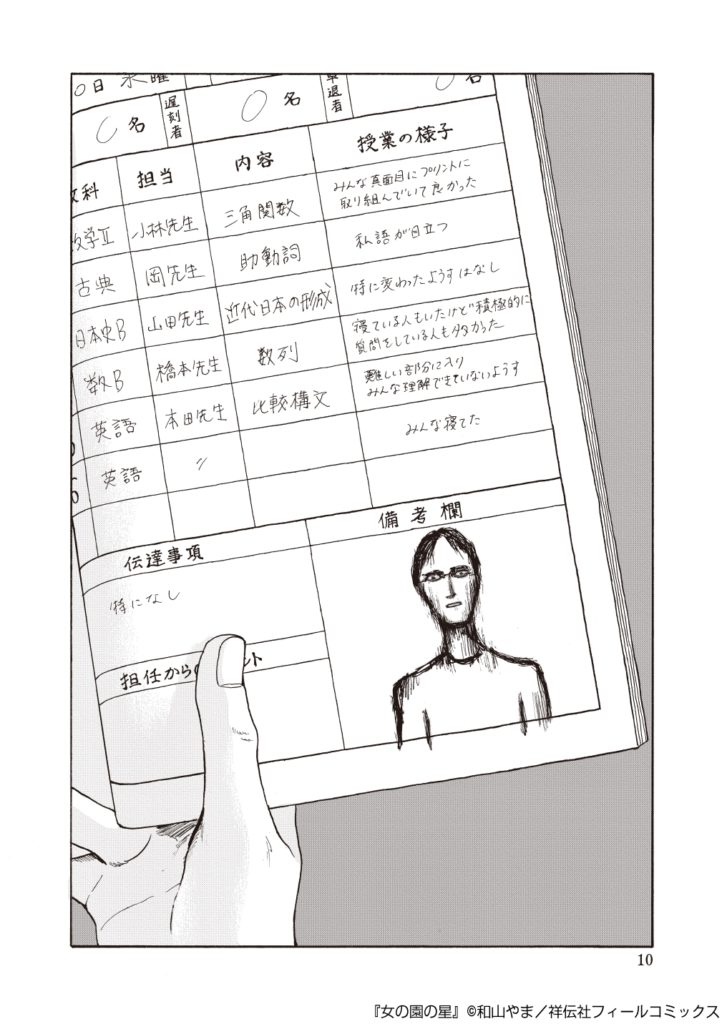
Wayama: I hadn’t noticed that until you said it. That wasn’t intentional at all. But everyone is tired in school, right? (laughs) I drew it thinking that the teachers and students are all working hard, so I think the sleepiness came naturally from that.
——I heard that your mom drew the manga within the manga in the third volume of “Onna no Sono no Hoshi.”

Wayama: When I tried drawing it, I just couldn’t get it to look rough enough, and my mom happened to be visiting Tokyo at the time. So I drew just the outline, and she drew on top of that with a ballpoint pen. She became better and better as she drew, and then she got really into it and started saying stuff like, “I can draw again if you want.” (laughs) But she stopped being able to draw poorly, so I can’t ask her to do it anymore.
——Hoshi-sensei wears a standing collar shirt and Kobayashi-sensei wears a polo shirt. Why do you always keep their outfits the same?
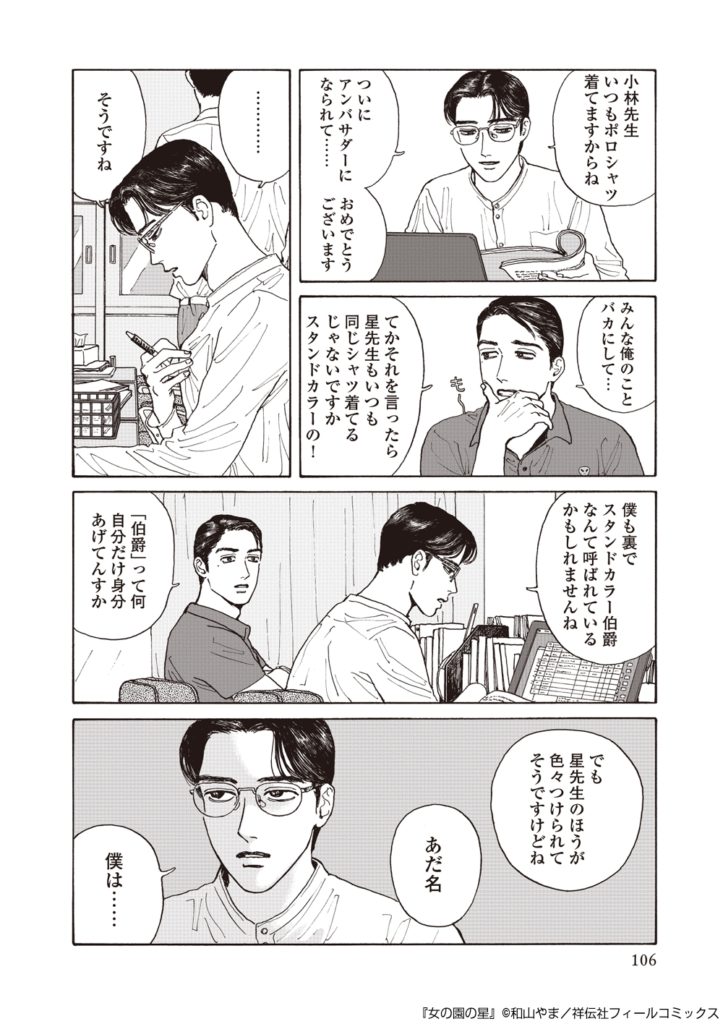
Wayama: Part of it is that it’s just a pain to think of different clothing every time. Also, I think having them wear the same outfit every time becomes part of their character.
——Aside from the dialogue, you show your playfulness even down to the small details, like changing the design of Kobayashi-sensei’s polo shirt every time.
Wayama: I like drawing the small details that I think no one is even going to see. When people spot them and point them out in fan mail, I feel like, “Yay!” I want it to be the kind of work that as you re-read it, you discover new things, like spotting something behind the character. My readers look forward to that too, so I’d like to keep drawing without slacking on the details.
——Lastly, what kind of manga do you want to try drawing in the future?
Wayama: As for my work, I’d like to try my hand at horror. I’ve actually thought of an idea, so I’d like to announce that when I have the opportunity. Also, I love reading romantic mangas, but it’s so difficult to draw them myself. I’m thinking of trying it out when I’m around 70 or 80 though. (laughs) I have to live a long life so I can do that. In the future, I’d like to draw all kinds of manga. For that reason, I have to live long and make sure health comes first. It’d be nice to live slow and steady. That’s my ideal life right now.
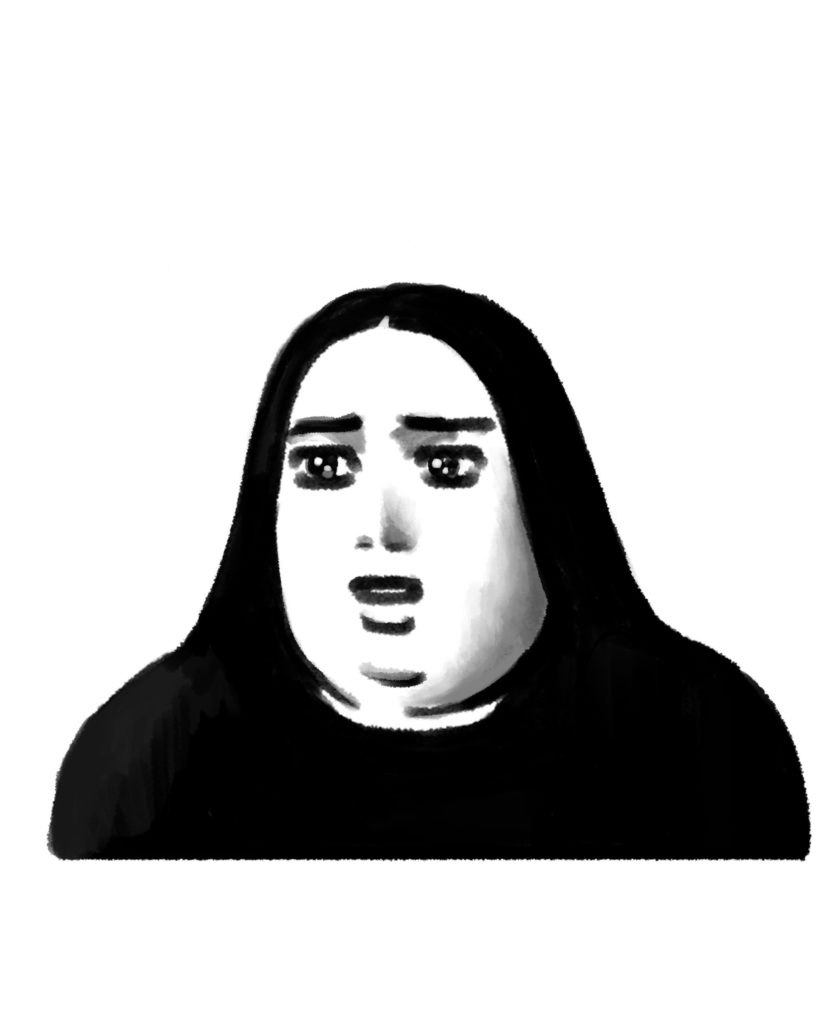
Wayama Yama
Wayama Yama is a manga artist. In February 2019, her doujinshi “Muchuu sa, Kimi ni.,” distributed by COMITIA 127 created buzz, and in August of the same year, KADOKAWA published her tankobon by the same name. That same work won both the 23rd Japan Media Arts Festival’s New Face Award in the Manga division and the 24th Tezuka Osamu Cultural Award in the Short Work Category. It was also adapted into a live-action drama from January 2021. Starting in January 2020, “Onna no Sono no Hoshi” became Wayama’s first serialization in a commercial magazine, Feel Young (Shoedensha), and ranked 1st in the women’s category of “Kono Manga Ga Sugoi! 2021!” (Takarajimasha). Her manga “Karaoke Iko!” published in September 2020 ranked 5th on the same list, attracting attention as an author with two mentions on the same list.
Instagram: @yama_wayama
Wayama Yama “Onna no Sono no Hoshi” Official Twitter: @onna_sono_Hoshi
Phtography Yohei Kichiraku
Text Kei Watabe
Translation Aya Apton
Special Thanks Hi +LIM
